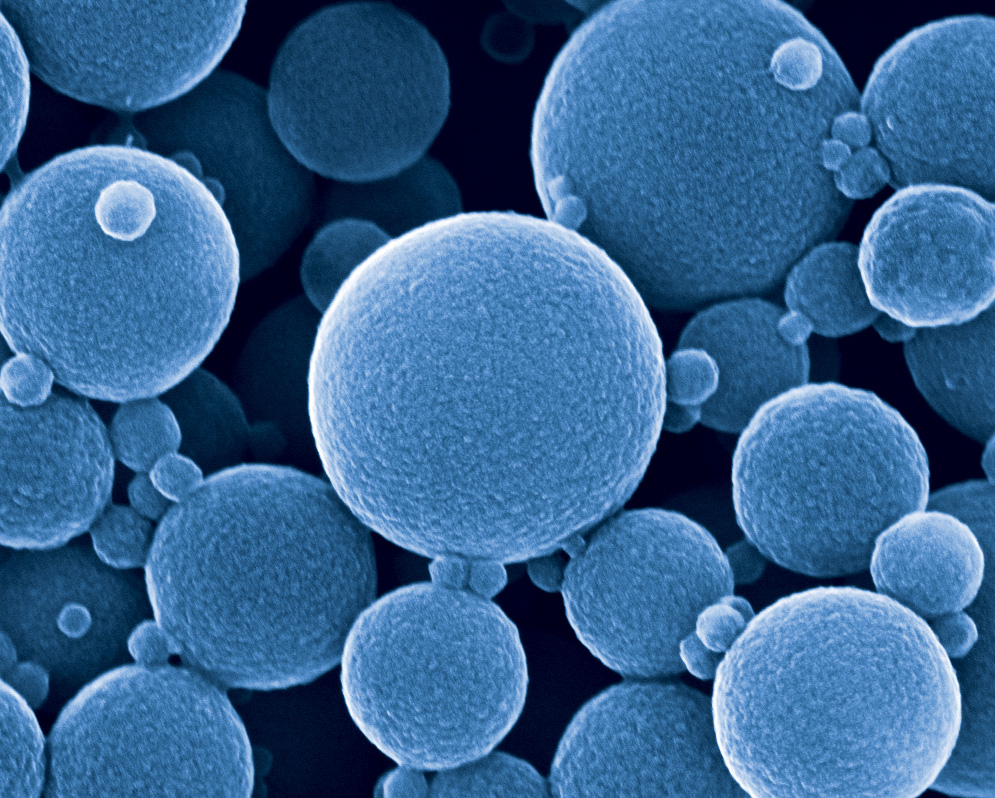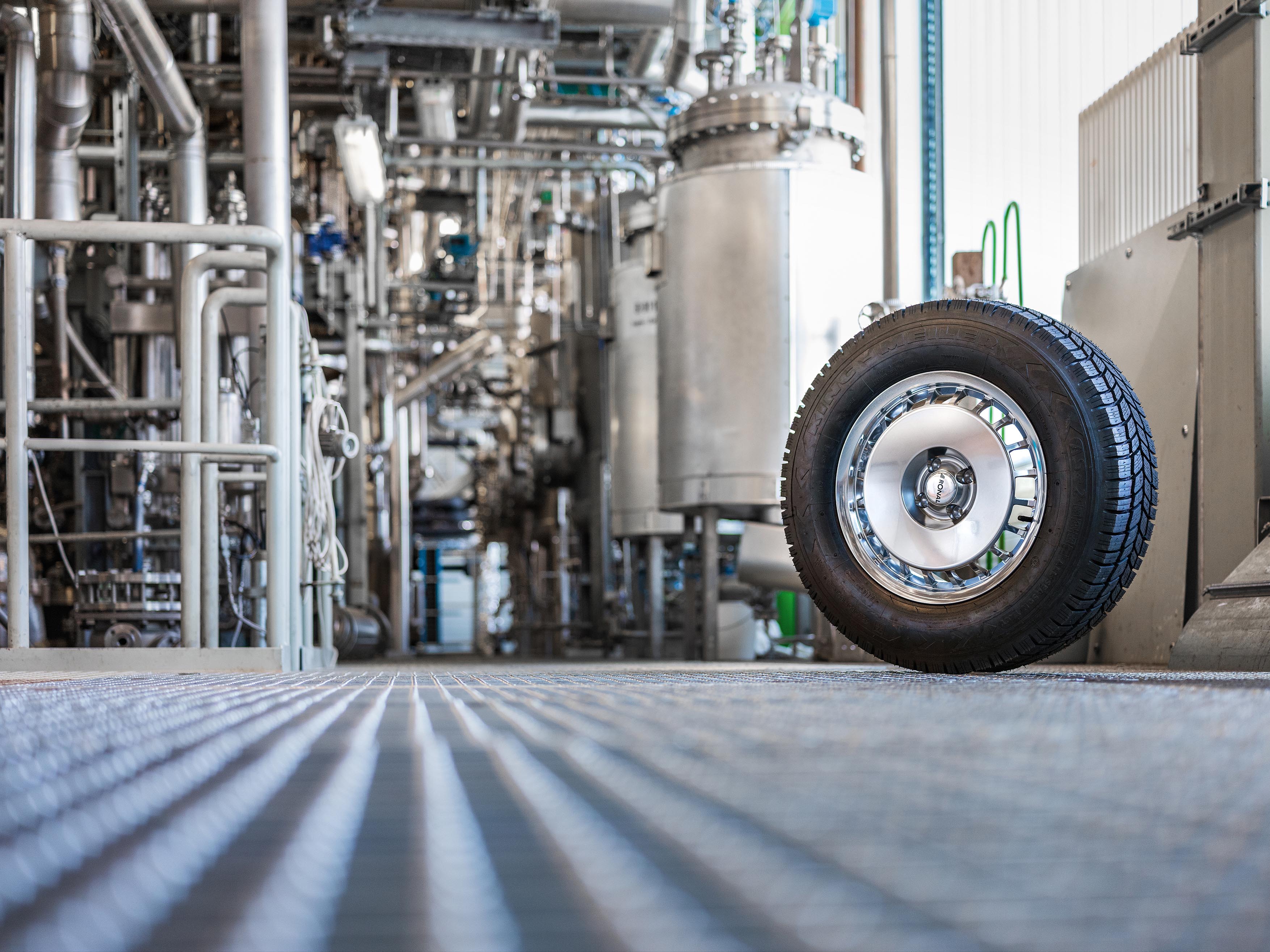Biomimetic synthetic rubber BISYKA
Synthetic rubber has been produced and constantly optimized since the beginning of the 20th century. Nevertheless, its mechanical properties cannot compete with those of natural rubber. Natural rubber, for example, is characterized by an unprecedented strain-induced crystallization. In the research project "BISYKA", a team of Fraunhofer researchers succeeded in identifying relevant causes and successfully transferring them to synthetic rubber. At the German Rubber Conference in Nuremberg from June 27 to 30, the team will present how they managed to reduce abrasion without the tires losing their grip or low rolling resistance.


For over 100 years, the optimization of synthetic rubber has been the focus of global research and development activities. And yet natural rubber still outperforms its synthetic counterparts and is ahead in terms of significant mechanical properties. One outstanding unique selling point of natural rubber is its strain-induced crystallization. When deformed, the polymer forms nanocrystals; this behavior prevents the propagation of microcracks and extends the service life of the material.
At the German and International Rubber Conference, the meeting place for the global rubber and elastomer industry, the Fraunhofer Institutes for Applied Polymer Research IAP, Microstructure of Materials and Systems IMWS and for Molecular Biology and Applied Ecology IME are presenting a tire where natural rubber was replaced by biomimetic synthetic rubber on the Science Campus. "This tire loses 30 percent less mass than its counterpart made of natural rubber, and the tread loss is even only half," explains Dr. Ulrich Wendler, head of the "Synthesis and Product Development" department at Fraunhofer PAZ, a joint initiative of the Fraunhofer Institutes IAP and IMWS.
But what have researchers learned from nature to achieve this increase?
In a first step, the molecular biologists at Fraunhofer IME in Münster characterized the natural rubber from dandelion in terms of its synthesis and composition. Further analyses made it possible to decipher the relationships between the individual components and the unique mechanical properties of dandelion rubber. The basis for the strain-induced crystallization is an extremely high cis-microstructure purity of the polyisoprene used. To this end, Fraunhofer IAP tested various catalyst types in collaboration with a renowned catalyst manufacturer and optimized the polymerization conditions. Finally, the BISYKA team mixed the high-cis synthetic rubber with various components from natural rubber and observed clear effects on the mechanical properties. "Our focus was the production of synthetic polyisoprene rubber with improved strain-induced crystallization, as this property has so far given natural rubber a unique position," explains Prof. Dr. Mario Beiner, Scientific Director of the Business Unit "Polymer Applications" at the Fraunhofer IMWS.
In Münster, a process for the property-determining components of natural rubber was established that enables the production of larger quantities of biomimetic synthetic rubber and allows the production of prototypes. "By bundling the bioscientific and engineering competencies within the Fraunhofer-Gesellschaft, we have succeeded for the first time worldwide in transferring the unique biological properties of natural rubber to its technical counterpart, synthetic rubber," emphasizes Prof. Dr. Dirk Prüfer, head of the "Plant Biopolymers" site of the Fraunhofer IME in Münster.
Have a look at the tire with truck tread at the DKT Science Campus at the main entrance to Hall 9 (Booth S9-12/-14). Our experts on site are looking forward to a lively exchange.